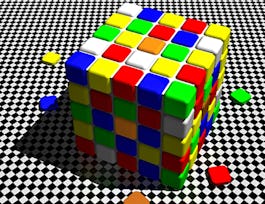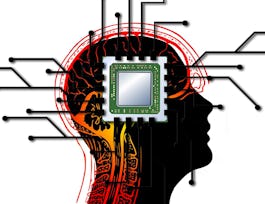Light is one of our most valuable resources on this earth. It makes the world visible to us, is the major driver of the 24-hr sleep-wake cycle to which not only humans, but virtually all life on earth (fauna and flora) submits. In fact, there would be no life on earth without light. It is therefore hard to overestimate the impact light has on humans, biologically, psychologically, socially. And yet, we hardly ever think or speak about light.



Lightcap 1: Fundamentals of light's impact

Instructor: Yvonne de Kort
Sponsored by PTT Global Chemical
Details to know

Add to your LinkedIn profile
8 assignments
September 2024
See how employees at top companies are mastering in-demand skills


Earn a career certificate
Add this credential to your LinkedIn profile, resume, or CV
Share it on social media and in your performance review

There are 9 modules in this course
Welcome to LIGHTCAP 1, the fundamentals of light’s impact. This course will provide fundamental knowledge about visual and non-visual systems in the brain and about the way in which light interacts with relevant brain systems and regions. The basis of this course is mostly neuroscience.
What's included
2 videos4 readings
In this first lecture, Qian explains how photoreceptors detect light, what cell types exist in the retina, how they are arranged, and how this allows the retina to detect light and extract visual information.
What's included
3 videos1 assignment
In this lecture, Qian introduces a novel photoreceptor -- melanopsin-expressing, intrinsically photosensitive retinal ganglion cells (ipRGCs) -- and helps students understand how melanopsin acts to sense light and how it contributes to non-image forming vision.
What's included
3 videos1 assignment
In this lecture, Roya will share basic knowledge about brain pathways from ipRGCs to relevant brain regions and how we came to know about them.
What's included
4 videos1 assignment
In lecture 4, Ashwathi introduces the body clock, circadian rhythmicity, how light acts on the body clock, and how, in turn, the clock influences numerous functions in our body.
What's included
6 videos1 reading1 assignment
In this lecture, Fermin dives deep into a specific neural substrate: the locus coeruleus (also termed blue spot). After describing its anatomy, firing patterns and projections, he explains in quite some detail the functions of the LC and its relationship with light.
What's included
5 videos1 assignment
Roya gives a basic introduction of brain imaging techniques that are being used to study the pathways and effects of light in humans and explains the working of, rationale for, MRI, fMRI and EEG in somewhat more detail. She concludes with sharing example data from an fMRI study on light.
What's included
6 videos1 assignment
In this lecture, Fermin explains the basic concepts of metamerism and its potential usage in neuroscience and research on light in particular. We may just have found a good placebo condition for light studies.
What's included
3 videos1 assignment
To close this course, Ashwathi presents an overview on some of the most important impacts of light on human health.
What's included
1 video1 assignment
Instructor

Offered by
Why people choose Coursera for their career




Recommended if you're interested in Health

Duke University

University of Arizona

University of Colorado Boulder

University of Cape Town

Open new doors with Coursera Plus
Unlimited access to 10,000+ world-class courses, hands-on projects, and job-ready certificate programs - all included in your subscription
Advance your career with an online degree
Earn a degree from world-class universities - 100% online
Join over 3,400 global companies that choose Coursera for Business
Upskill your employees to excel in the digital economy


